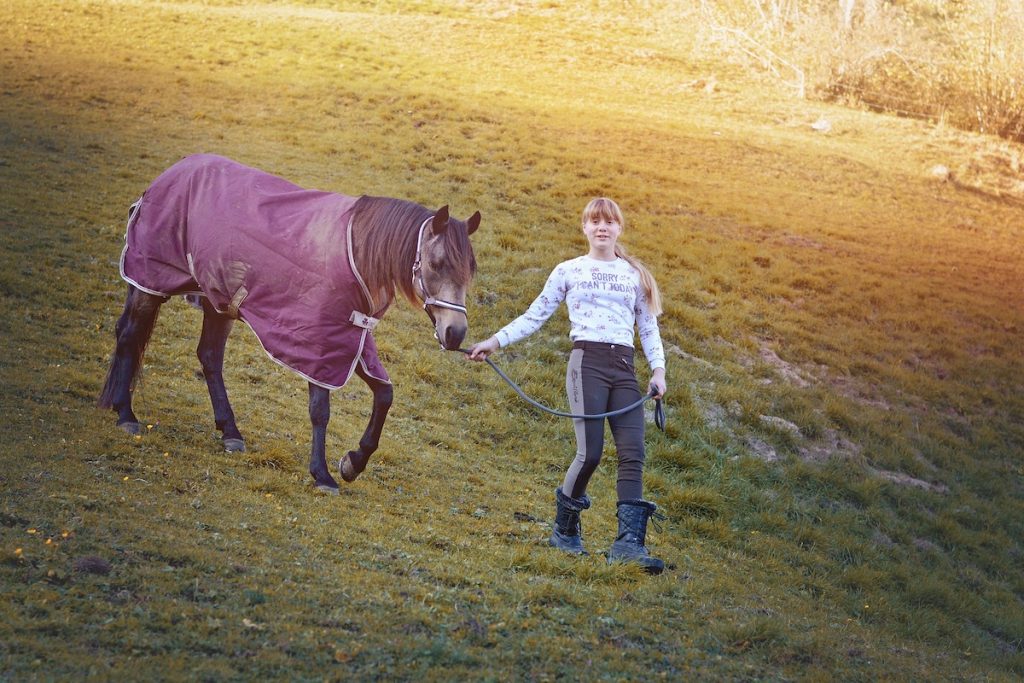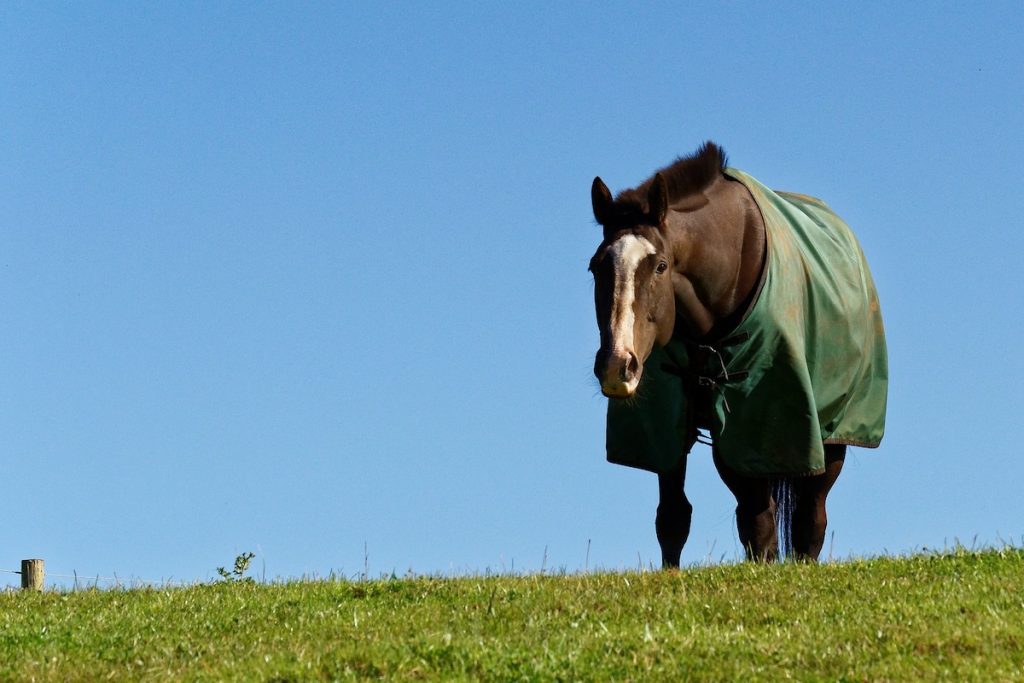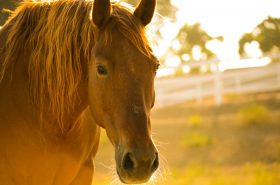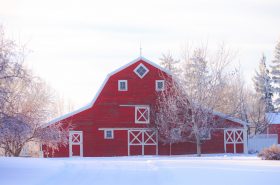If you’ve opted to blanket your horse, then you need these tips!
The horse blankets are coming out! Many horse owners are pulling blankets out of storage and getting them ready for the cold days ahead. While some prefer to leave their horses natural, others choose to blanket for a variety of reasons. Depending on your climate and if you clip, you may have no choice but to use them.
Blanketing a horse is not as simple as one might imagine. There’s the sizing of it, the different fills and when to actually put it on and take it off. Before you get overwhelmed, check out these blanketing do’s and don’ts and you’ll be set for winter!
DO fit your horse’s blanket correctly.
You need a blanket that fits just right. If it’s too small, your horse will be uncomfortable. They may even struggle to lay down and get up. On the other hand, one that is too big can become a safety concern. Their legs may easily get hung up in the material or straps. And ultimately, a too big or too small blanket can cause unnecessary rubbing on the shoulders, sides and tail area.
A helpful way to determine size is to take a measuring tape from the middle of your horse’s chest to the center of their tail. They should be standing squarely. Remember, each brand may vary slightly in sizing. Make sure you hold onto the receipt and try it on your horse right away.
DON’T buy just one.
If you choose to blanket, then you’ll want at least two per horse. This is important for those very wet days. Once your horse’s blanket becomes soaked, you’ll need to switch it out for a dry one.
You should also consider the different fills or weights. A rain sheet has zero fill and only protects your horse from wet, windy conditions. A medium and heavy fill will keep your horse warm and dry. And an extra heavy is for those really brutal days. You’ll want to swap out the blankets to match the weather and temperature.
DO take off the blanket once a day.
It’s important you check out your horse’s blanket and underneath at least once a day. You need to look for rubs, injuries and fit. The elastic parts of the blanket can stretch out over time, so check thoroughly. You may also want to brush your horse’s fur to satisfy any itches they may have.
DON’T blanket a wet horse.
Not only can blanketing a wet horse cause rubs, but they can also catch a chill. If their fur has become soaked, you’ll need to towel dry them or use a cooler before putting on the blanket. Additionally, any blanket that becomes very wet should be removed and replaced with a dry one.
DO choose a strong denier.
Horses can be rough on blankets! A denier of 1200 or more will be durable and tear resistant. Anything less stands the risk of getting holes or ripping. Only you know how rough your horse is, so plan accordingly. A lower denier may cost less, but will need to be replaced more frequently.
DONT ignore the weather.
Get in the habit of checking the weather daily. You do not want to leave a heavy blanket on your horse if the weather becomes unseasonably warm. They will overheat and sweat under it. Furthermore, if the temperatures dip down, then you’ll want to increase the weight of your horse’s blanket for extra warmth.
Whether your horse is clipped, thin or a senior, blanketing may provide them with the warmth they need. It definitely requires some extra work, but your horse’s comfort is important. Eventually, you’ll get the hang of it and it’ll be easy peasy.





